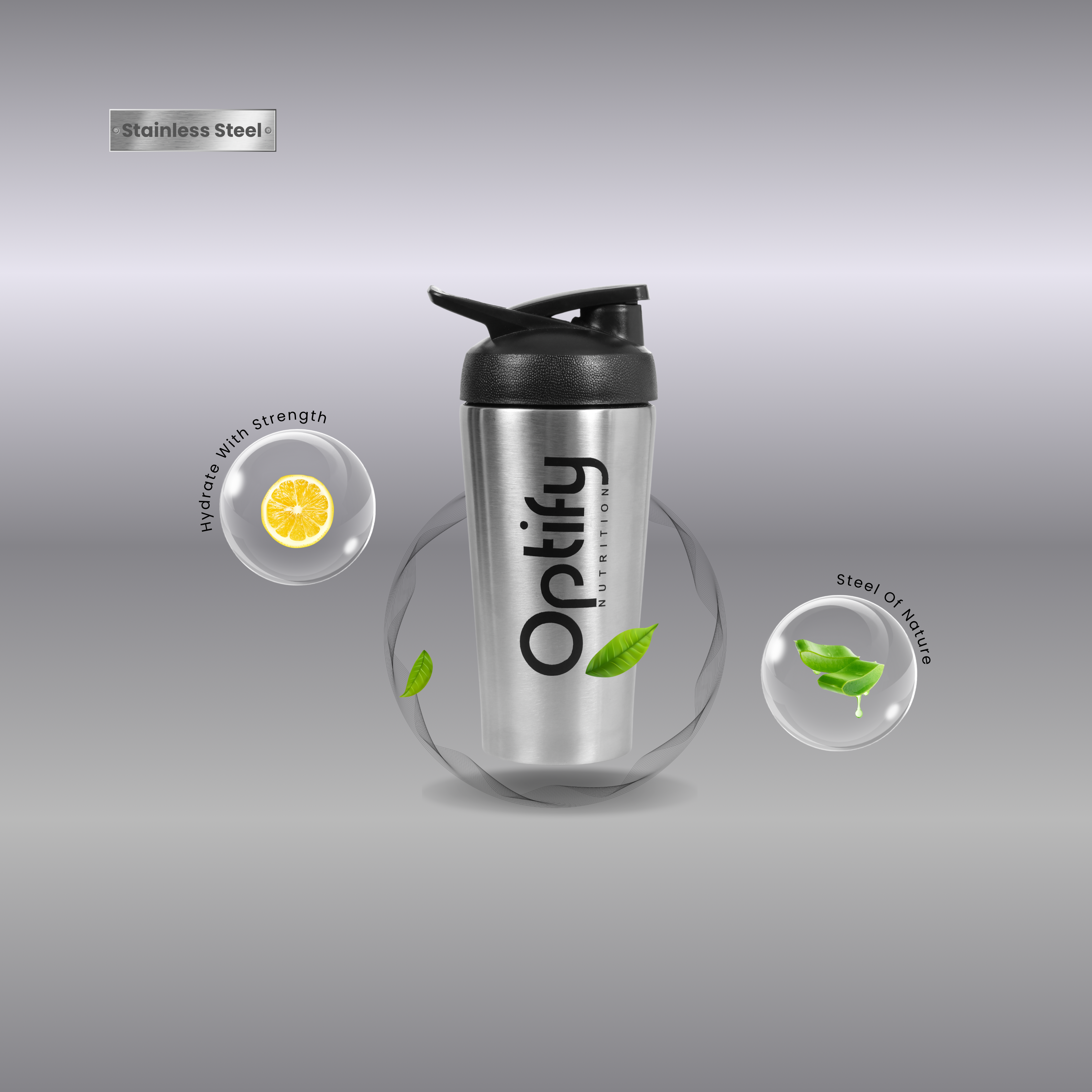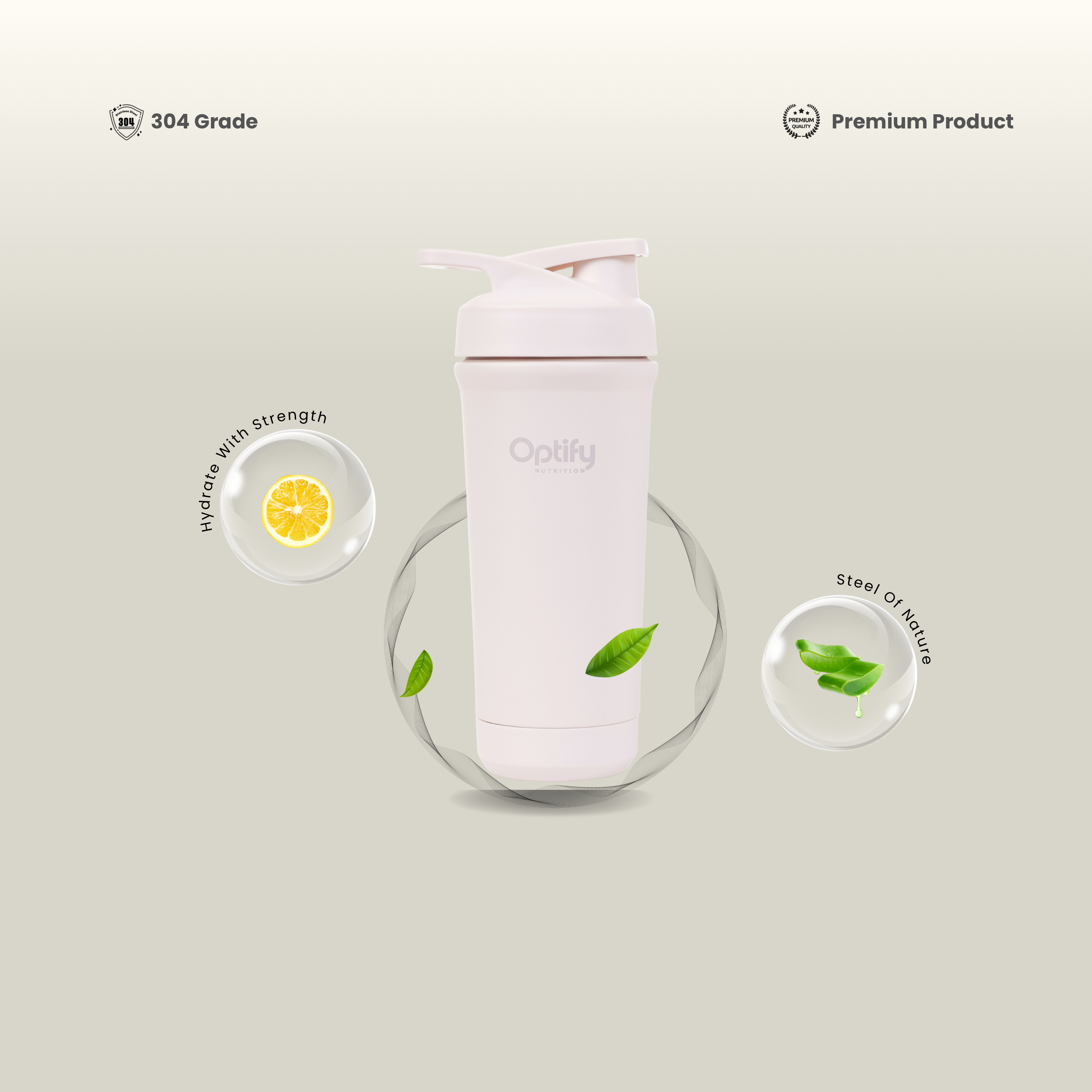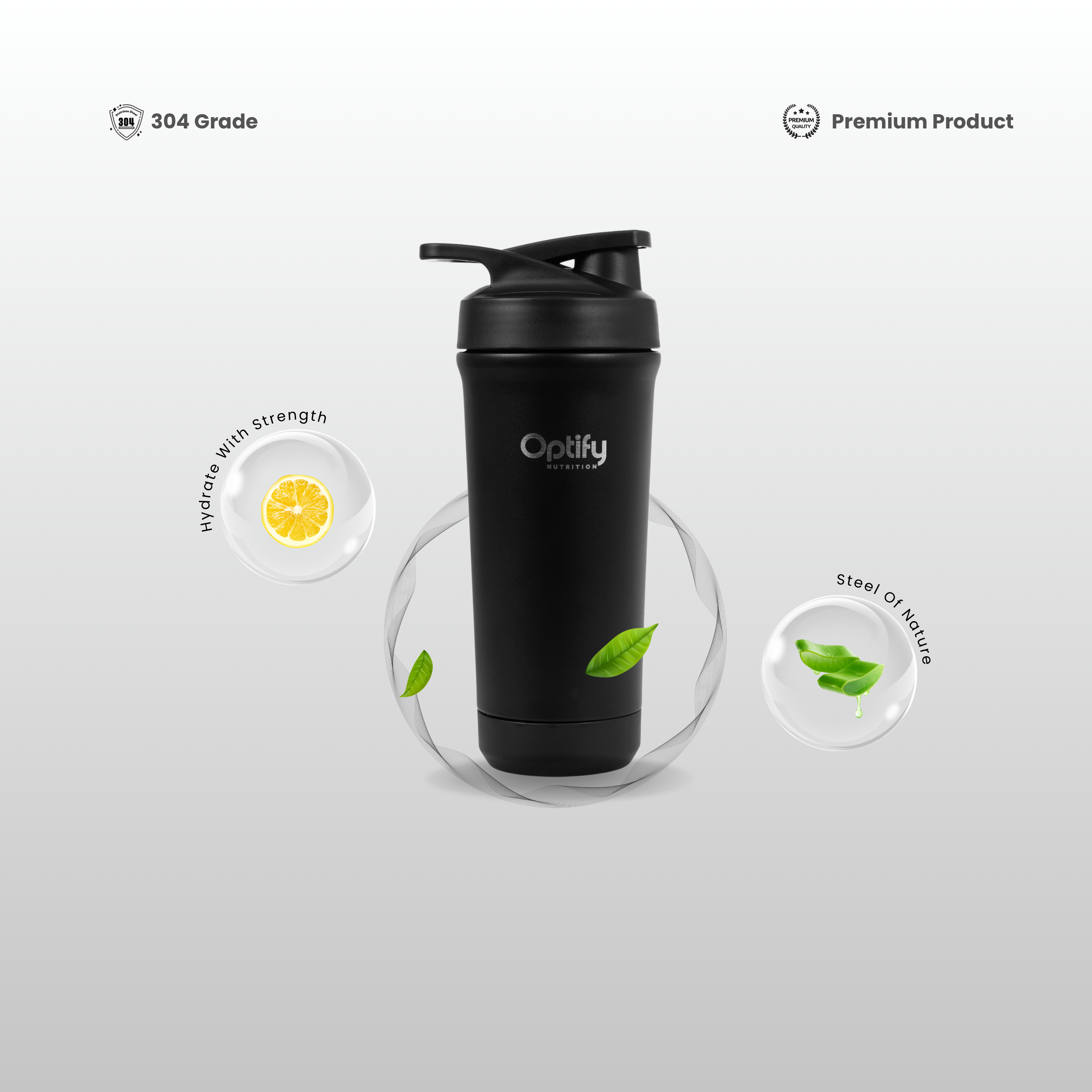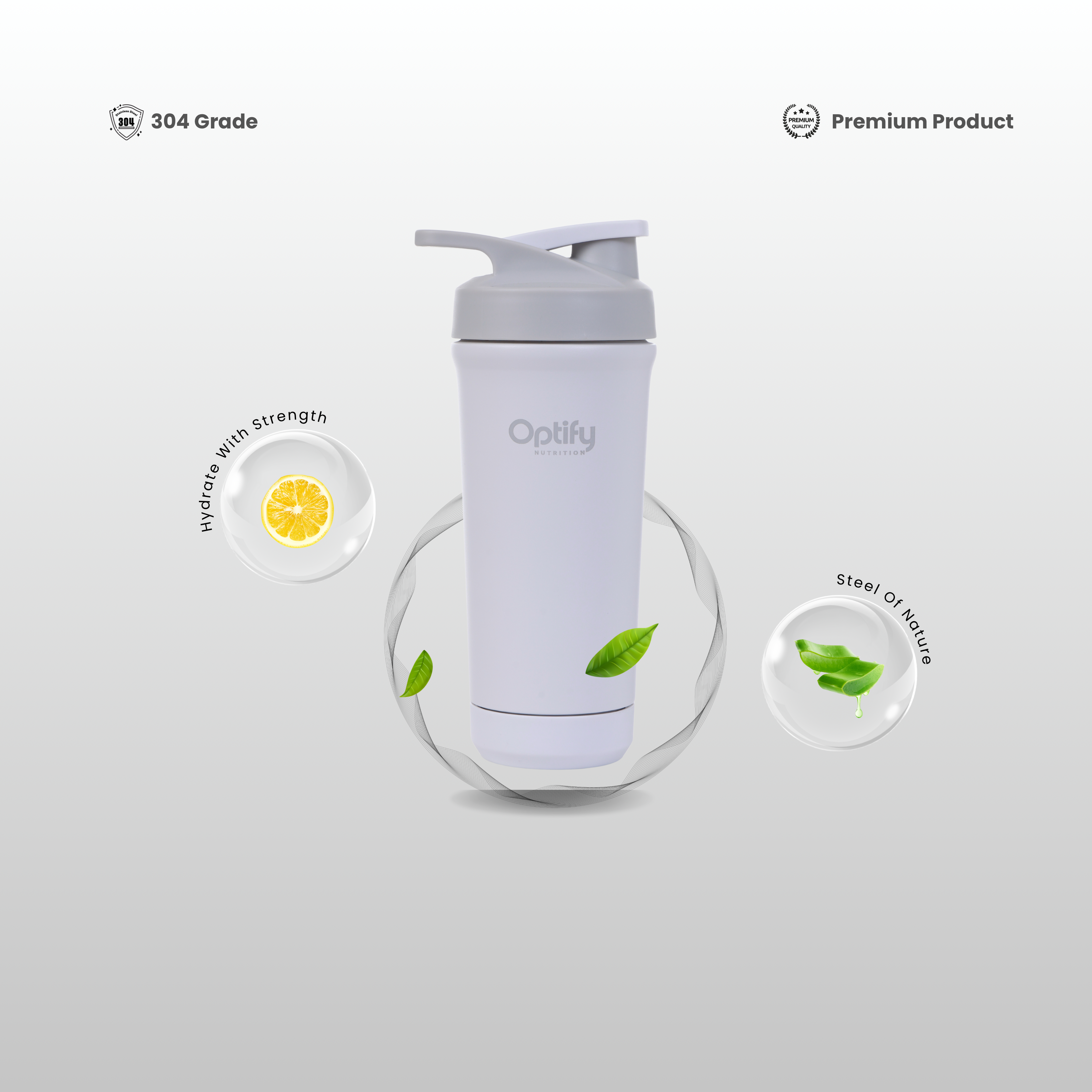1. Introduction
-
Brief intro to creatine (most researched sports supplement).
-
Why athletes, bodybuilders, and even non-athletes use it.
-
What this blog will cover (benefits, myths, science).
2. What is Creatine Monohydrate?
-
Natural compound found in muscles, brain, and food (red meat, fish).
-
Role in energy production (ATP regeneration).
-
Why “monohydrate” is the gold standard form.
3. The Science Behind Creatine
-
How creatine works in the body (ATP-CP energy system).
-
Scientific evidence (strength, muscle growth, cognitive function).
-
Safety profile (one of the most studied supplements).
4. Benefits of Creatine Monohydrate
4.1 Muscle Strength & Power
4.2 Increased Muscle Mass
4.3 Faster Recovery & Reduced Fatigue
4.4 Brain & Cognitive Benefits
4.5 Endurance & Performance in Sports
5. Dosage & How to Take Creatine
-
Loading phase (optional) vs daily low dose.
-
Standard dosage: 3–5 g/day.
-
Best timing (pre, post-workout, or anytime).
-
Mixing with water/juice/protein shake.
6. Myths About Creatine
-
“Creatine is a steroid” ❌
-
“Creatine damages kidneys/liver” ❌ (research disproves)
-
“Creatine causes bloating” (water retention vs muscle hydration).
-
“Only bodybuilders need creatine” (also benefits athletes & general population).
7. Who Should Take Creatine?
-
Athletes, bodybuilders, sprinters, weightlifters.
-
Vegetarians/vegans (lower natural creatine levels).
-
Older adults (muscle + brain health).
8. Possible Side Effects & Safety
-
Generally safe for healthy individuals.
-
Minor issues: stomach upset if overdosed.
-
Importance of hydration.
9. Creatine Monohydrate vs Other Forms
-
Monohydrate vs HCL, Ethyl Ester, Buffered, etc.
-
Why monohydrate is most effective & cost-friendly.
10. Conclusion
-
Recap benefits & safety.
-
Busting myths with science.
-
Final takeaway: Creatine Monohydrate = safe, effective, affordable.









